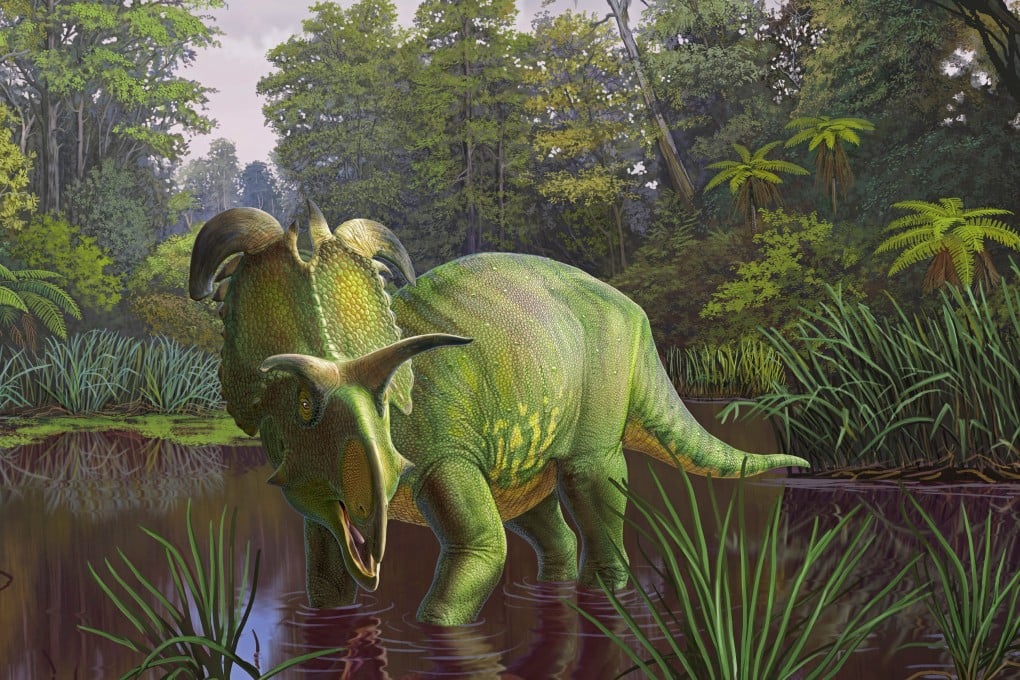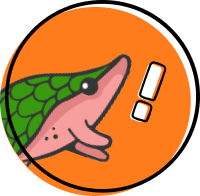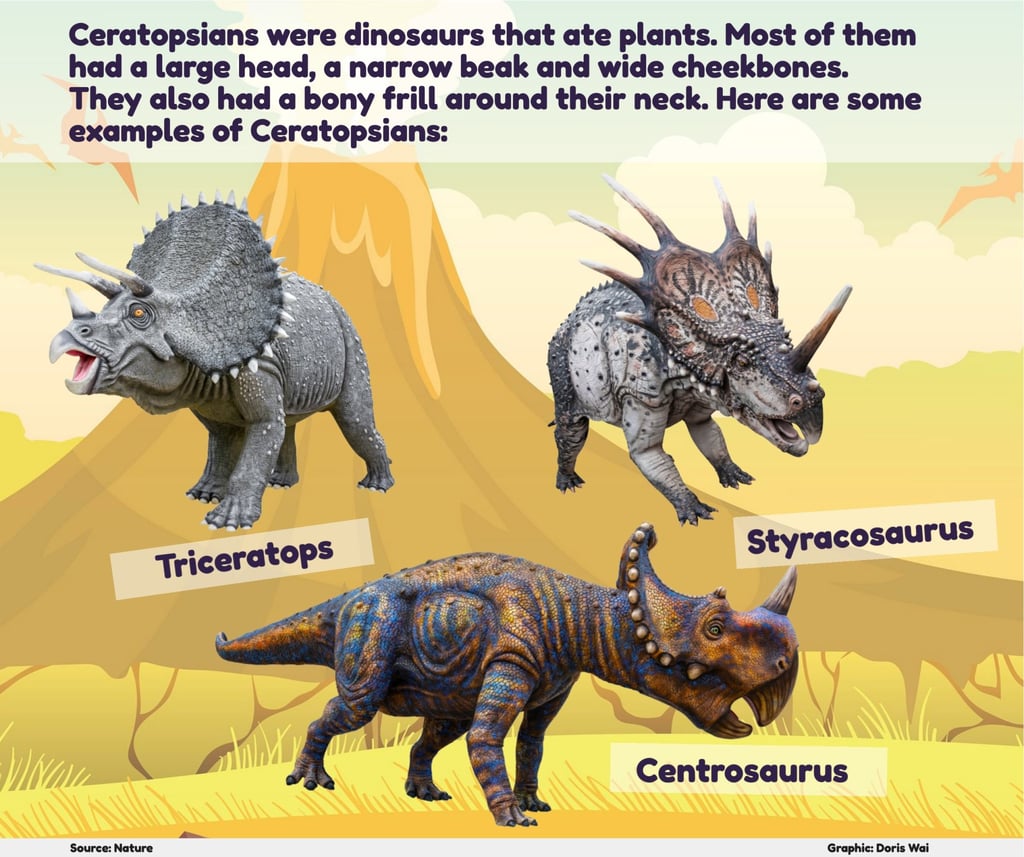
Meet the newly-identified dinosaur named after a trickster god
- Fossils of the Lokiceratops were found in the US and reveal it had curved horns, making it a relative of the Triceratops





What was special about Lokiceratops’ head?


What can we learn from studying dinosaurs?


What was special about Lokiceratops’ head?


Difficulty: Challenger (Level 2)
About 78 million years ago, in what is now Montana in the US, a four-legged plant-eating dinosaur lived. It looked a bit like a rhinoceros. However, it had a set of horns on its head.
This newly identified dinosaur is called Lokiceratops rangiformis. It was about 6.7 meters long and weighed around five and a half tonnes. It used a powerful beak at the front of its mouth to eat ferns and flowering plants, scientists said in June.
The horns looked like weapons the trickster god Loki had in Norse mythology. This is why they named the dinosaur after him.
Lokiceratops had two curved horns more than 40 cm long above their eyes. They also had small horns on their cheeks and blades and spikes along their head shield.
They had at least 20 horns on their frills, including a pair of curved blade-shaped ones. Each was about 61 cm long. Those are the largest frill horns ever observed on a dinosaur.
Lokiceratops was one of several species of horned dinosaurs. This species was called ceratopsians (see graphic).

Joe Sertich is a palaeontologist at the Smithsonian Tropical Research Institute and Colorado State University. He said the horns and frill on Lokiceratops and other horned dinosaurs were probably for show.
They might have used them to scare other dinosaurs or attract mates. They also helped them find others of the same species.




What can we learn from studying dinosaurs?